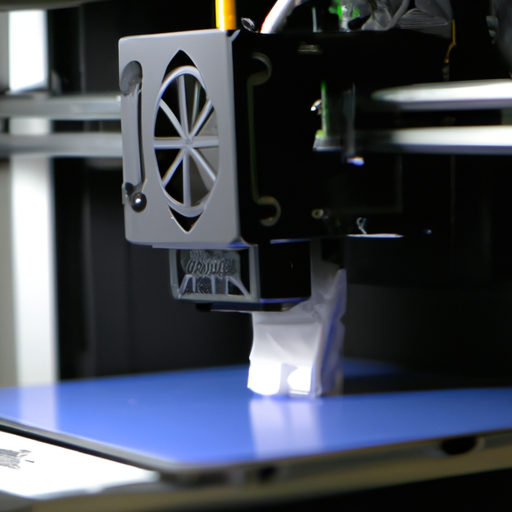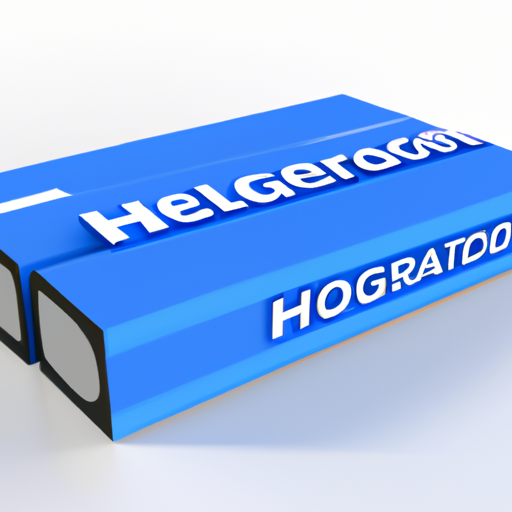3D printing has transcended its early stages of prototyping and is now becoming a pivotal technology in various industries. With its ability to create complex structures quickly and efficiently, 3D printing is setting the stage for the next industrial revolution. In this blog post, we will explore the latest advances in 3D printing technologies and their vast applications.
1. Improved Materials for 3D Printing
One of the most significant advancements in 3D printing technology is the development of high-performance materials. New types of plastics, metals, and even biological materials are now being used in 3D printing. These materials exhibit improved strength, flexibility, and temperature resistance, enhancing their usability in critical applications such as aerospace, automotive, and healthcare.
2. Customization in Healthcare
The healthcare industry has seen remarkable advances with the introduction of 3D printing. Customized prosthetics, dental implants, and even bioprinted tissues are reshaping patient care. Personalization allows for better fitting devices that improve patient outcomes and reduce recovery times. The capability to print structures tailored to individual anatomy truly highlights the versatility of modern 3D printing technology.
3. Sustainability and Eco-Friendly Innovations
As the world shifts towards sustainable practices, 3D printing is leading the charge by reducing waste and enabling the use of recycled materials. Innovative companies are now creating 3D printers that utilize waste plastics and biodegradable composites, ensuring an eco-friendly approach to manufacturing. This development not only conserves resources but also minimizes the carbon footprint of production.
4. Industrial 3D Printing Advances
In industrial applications, 3D printing is streamlining production lines and reducing lead times. Technologies like Selective Laser Sintering (SLS) and Direct Metal Laser Sintering (DMLS) are allowing manufacturers to produce complex parts more efficiently and at lower costs. These advancements are increasing productivity and enabling just-in-time manufacturing, which significantly reduces inventory costs.
5. The Future of 3D Printing
The future of 3D printing looks promising with ongoing research and development. Innovations such as multi-material printing and faster printing speeds are on the horizon. As technology continues to evolve, we can anticipate even broader applications across various sectors, further changing how products are designed, manufactured, and delivered.
Conclusion
3D printing is rapidly transforming the landscape of manufacturing, healthcare, and sustainability. With advancements in materials, customization, and eco-friendly practices, this technology is poised to revolutionize industries and enhance our daily lives. Staying updated on these trends is crucial for businesses and individuals looking to leverage the benefits of 3D printing technology.
For more insights into 3D printing technologies and their applications, stay tuned to our blog!




